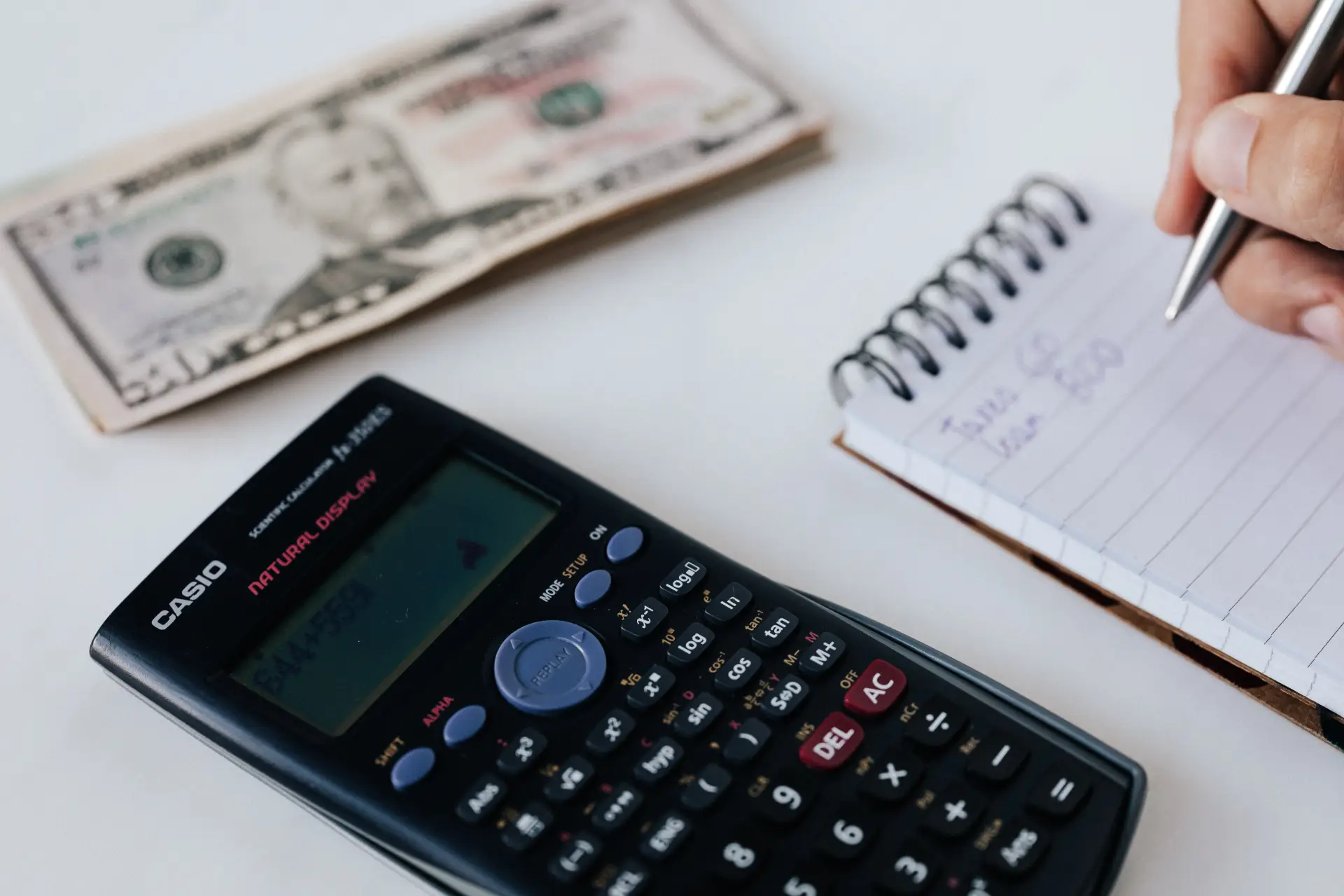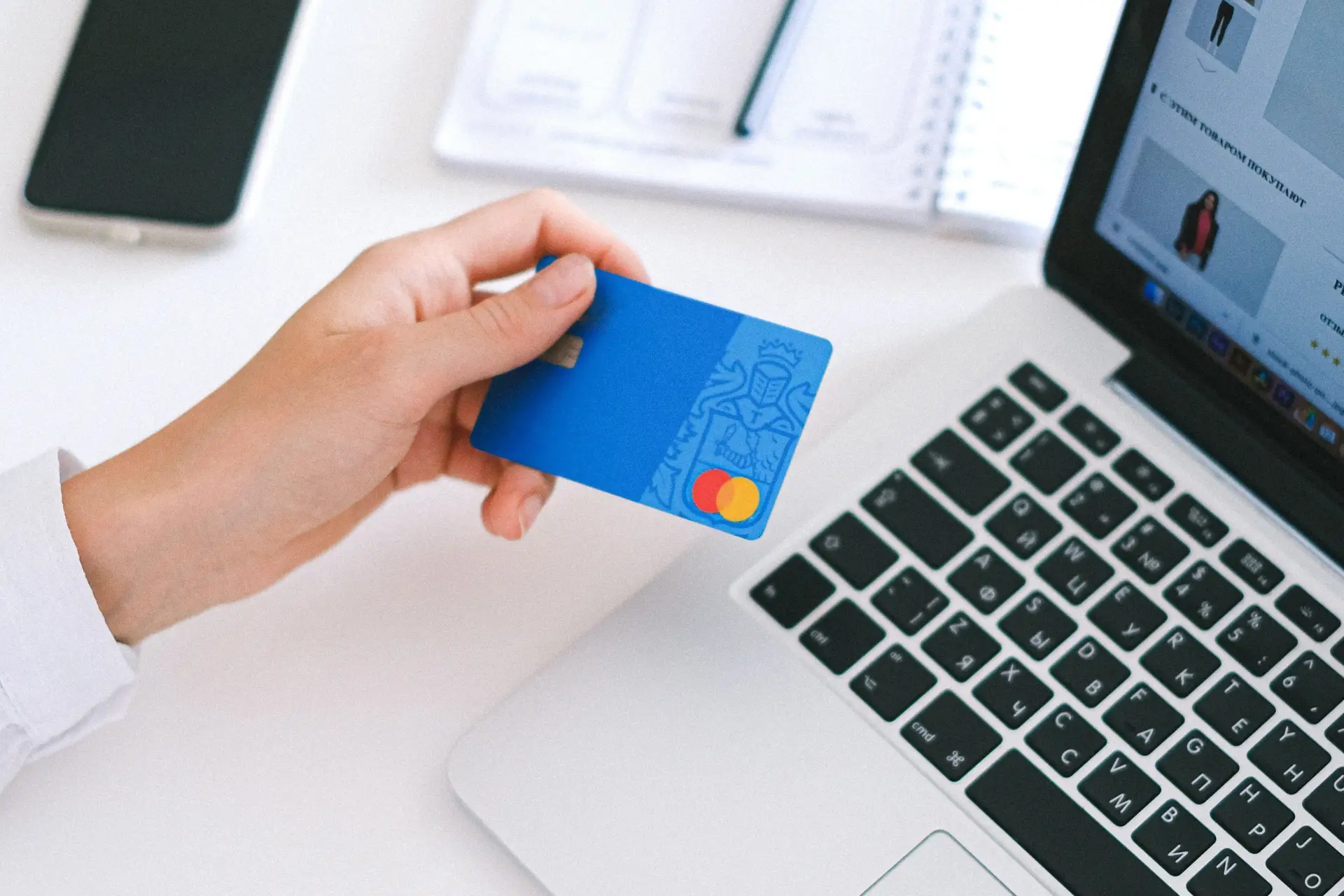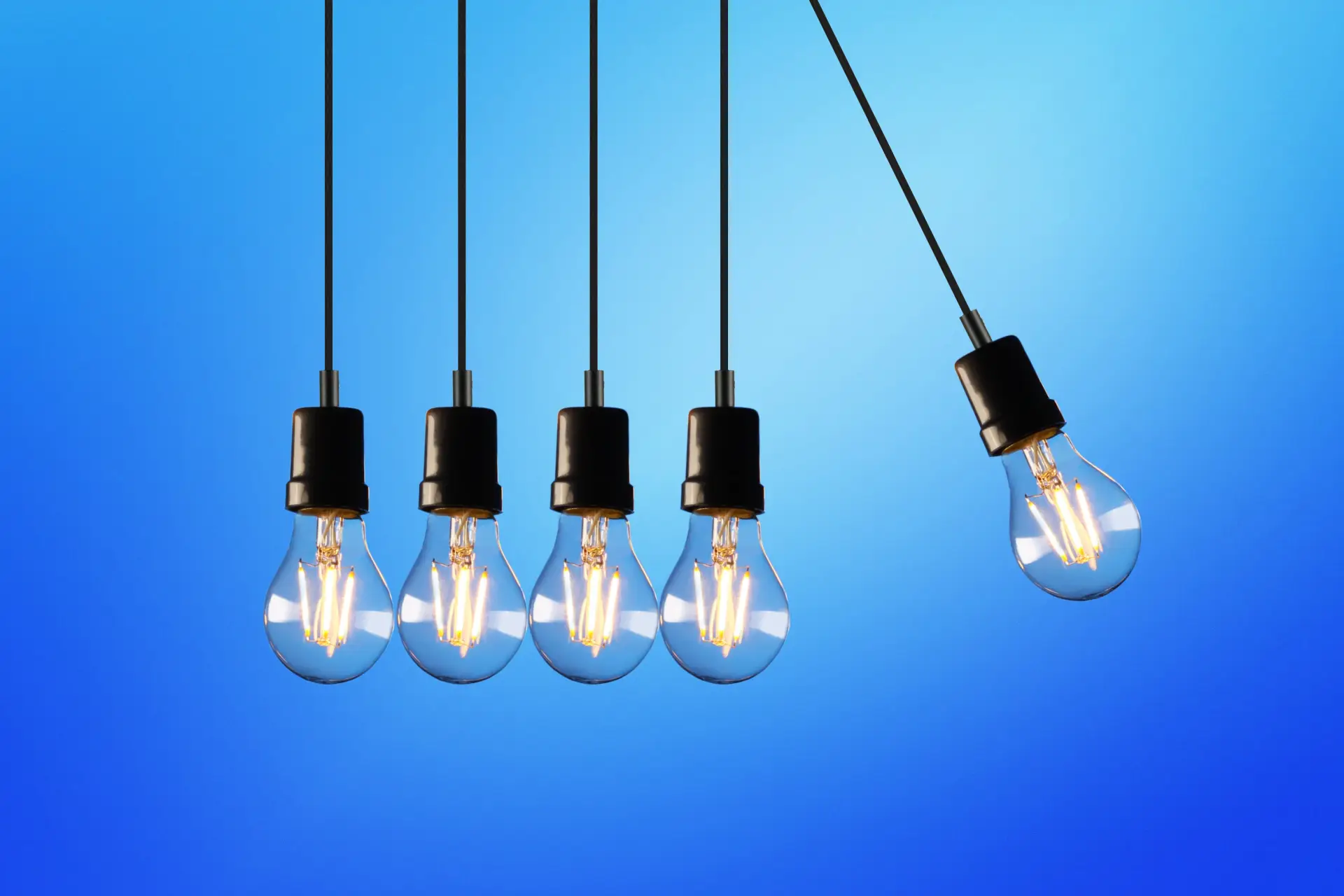Governments borrow money to cover their expenses, but they must pay it back. How do they do that? Well, governments can borrow money in many ways, but the most common way is through bonds.
What Is Government Debt?
Government debt is money borrowed by the government. It’s different from personal debt in that instead of one person borrowing money, there are hundreds of millions of people who use their taxes each year to pay back this loan.
Government debt is a perpetuity with no fixed payment schedule. You pay back interest on the principal, but the principal never decreases.
How Does Government Debt Work?
When you buy a car (or borrow money to buy a car), you don’t get to keep it forever. You’ll have to pay the loan off at some point, with interest. That’s how government debt works, too: the government pays back its loans with interest payments over time.
Unlike buying a car, the government doesn’t have to save up for those payments; they’re paid by taxpayers instead. These are people who work for other companies or get paid by their employer as part of their job—they’re called “taxpayers,” because they pay taxes on their earnings (to the government).
How Is Government Debt Paid Back?
The government sells a bond to raise money, which is used to pay for something. The government promises to pay back the amount of money borrowed (plus interest) at some point in the future.
Government debt is not paid off immediately but instead over time with interest payments paid by taxpayers. The government must make interest payments each year to pay for the money it has borrowed.
These interest payments are made by taxpayers and reflect the cost of borrowing money from private institutions and individuals. The government also makes its own interest payments on government bonds and other securities, which are called “internal” debts because they are owed to people and organizations that work within the U.S. economy (such as banks).
The difference between what you’ve paid and what you owe on your credit card is how much debt you have. For example, you owe $500 on your credit card bill but also have $100 in your checking account; this means that your total debt is $600: the $500 principal loan amount plus interest ($100).
This is how governments work, too: they borrow money from outside sources like banks or individuals with savings accounts (the “principal” borrowers), then spend it on things like roads, bridges, or national defense systems. Those things cost more than their original price tag because after paying for them (with taxpayer dollars), there are still additional costs involved—mainly interest payments on loans taken out by governments throughout history which were never fully paid off yet still exist today!
Conclusion
Government debt is a serious issue, but it can be managed. The first step is understanding how government debt works and its impacts on the economy. Then you’ll be better equipped to decide how much debt we should have as a nation.




